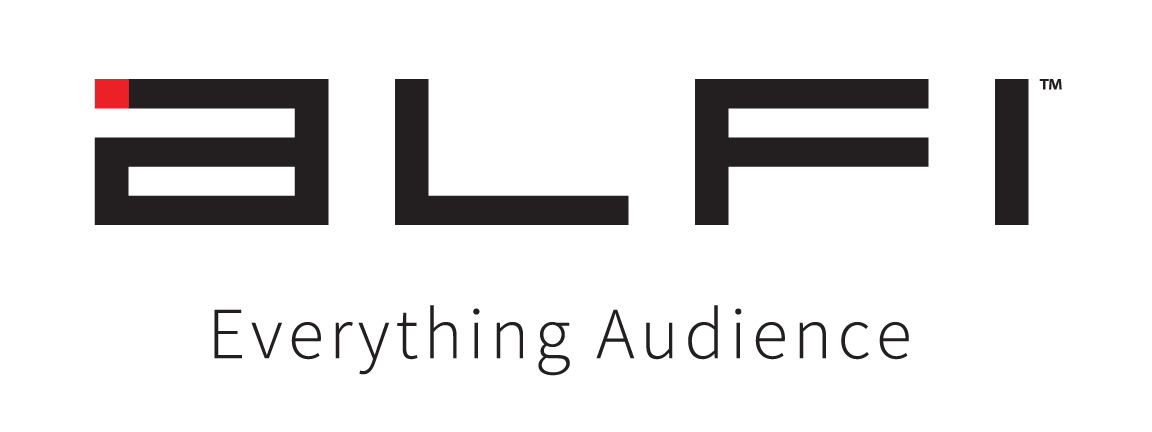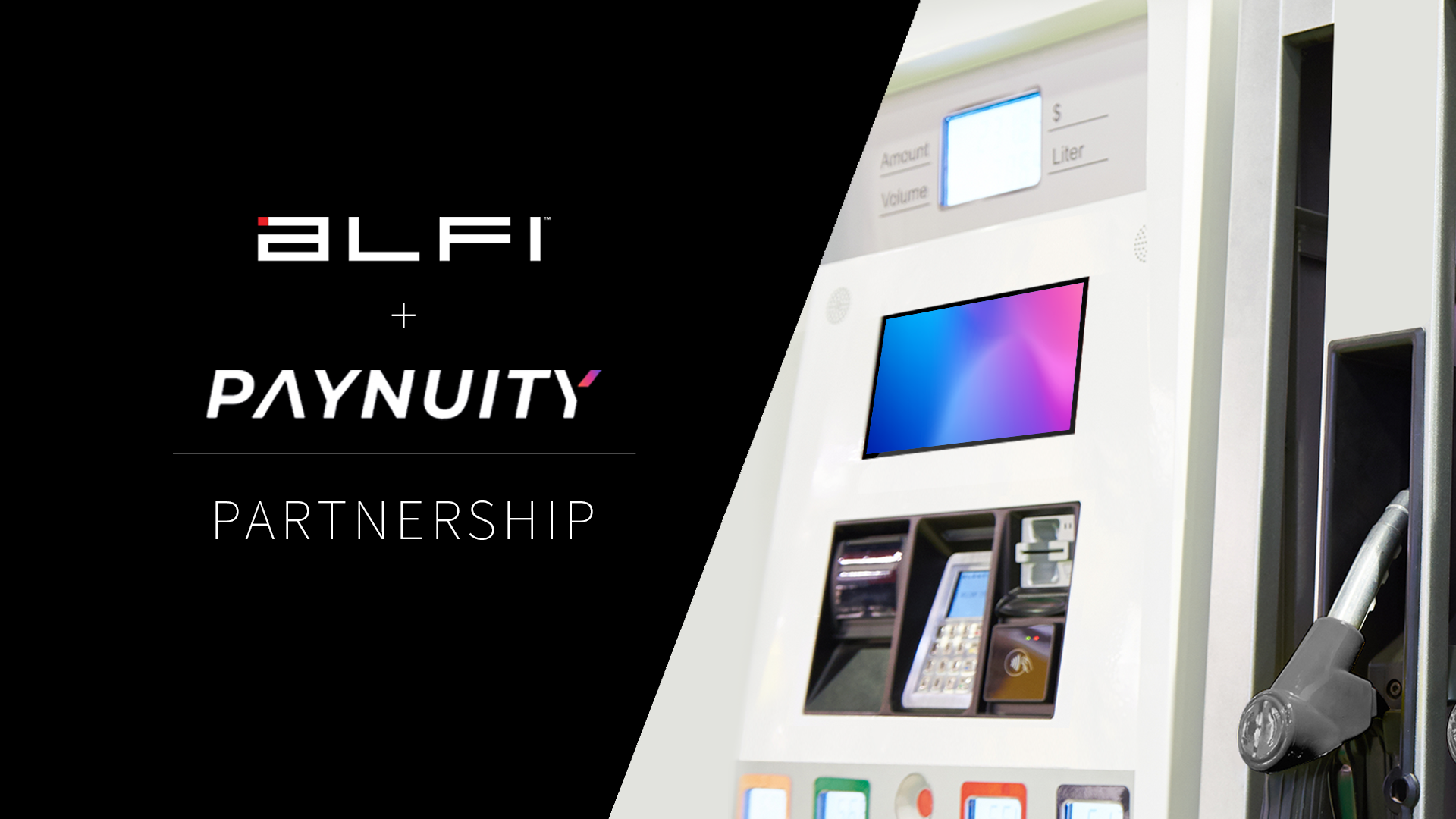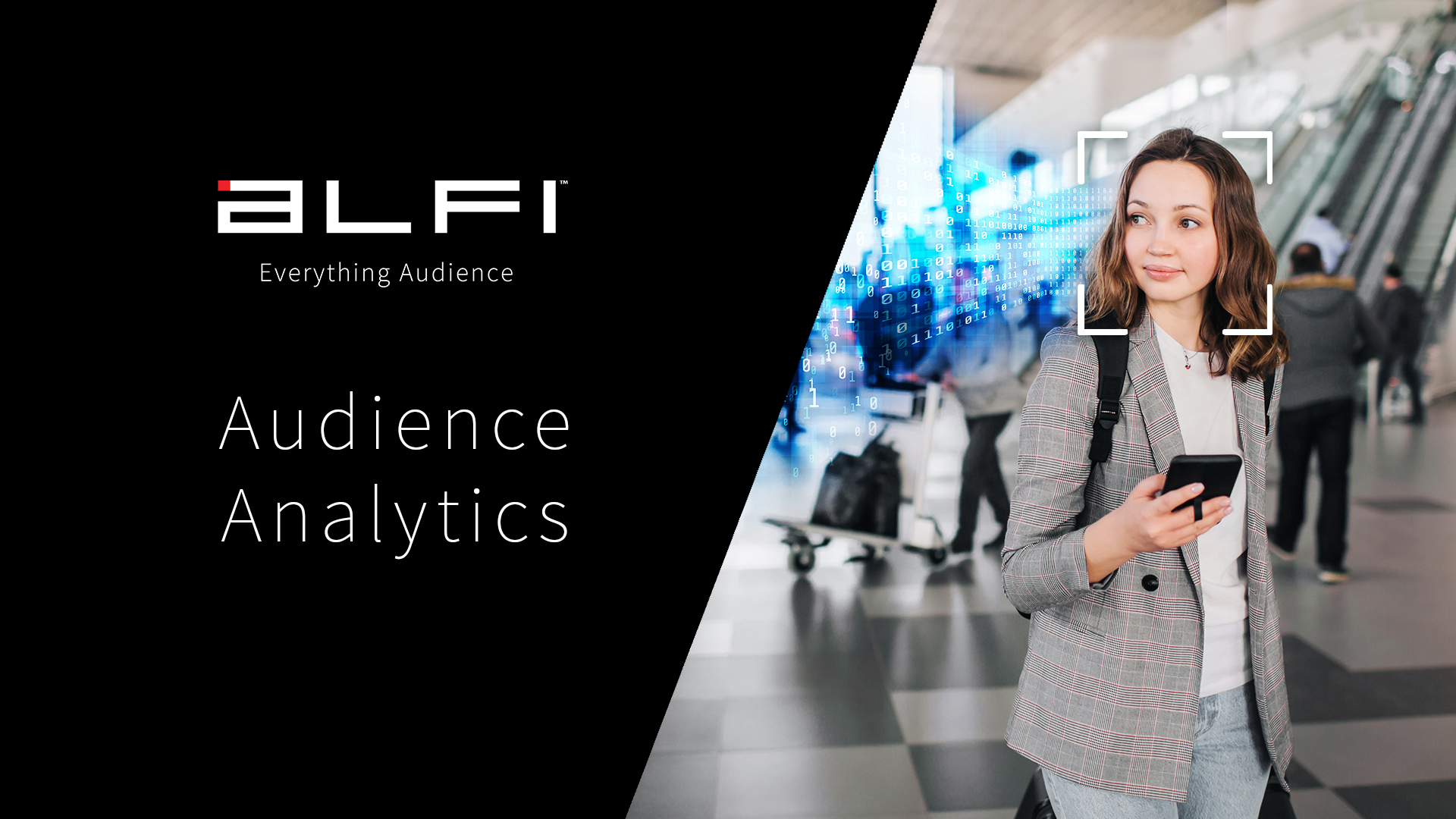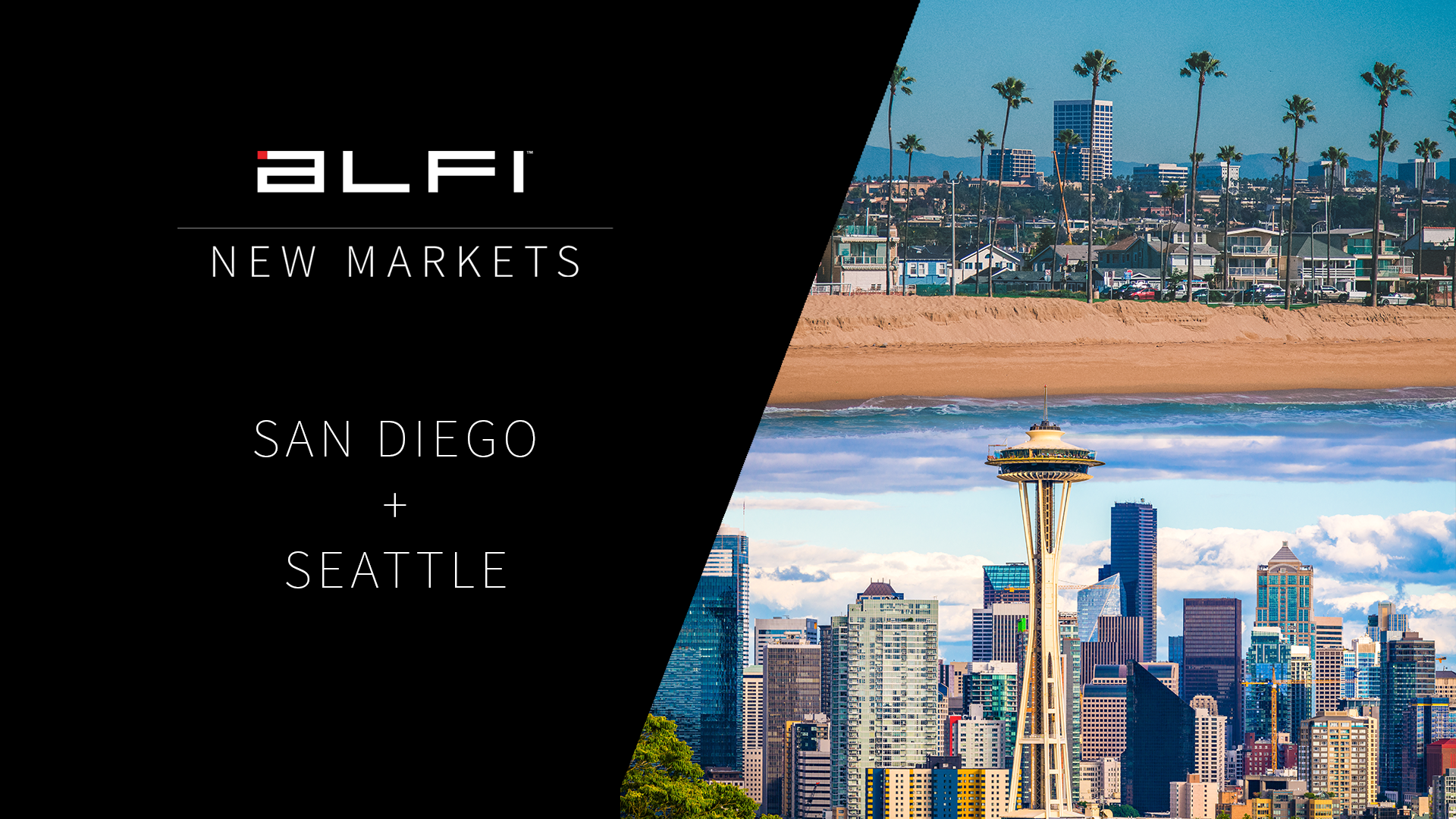The rideshare industry is growing by leaps in bounds. In 2015, only 15 percent of American adults had used rideshare services. That grew to 36 percent in 2018, according to a survey conducted by the Pew Research Center. And that’s not all. More than half of people in the coveted 18- to 29-year-old demographic had hailed an Uber or Lyft by 2018. With numbers like these, it’s clear that it’s time to consider rideshare advertising.
You might be scratching your head at the very thought of rideshare advertising. Does that mean you advertise on rideshare apps or inside the vehicle?
It might sound confusing, but it’s a straightforward process. You’ll learn everything you need to know about rideshare advertising in this post, including:
- Advertising in Uber and Lyft Cars
- Rideshare Accessories for Advertising
- Best Rideshare Advertising Companies
Let’s dig in so you’ll understand how advertising benefits companies, brands, and drivers.
Advertising in Uber and Lyft Cars
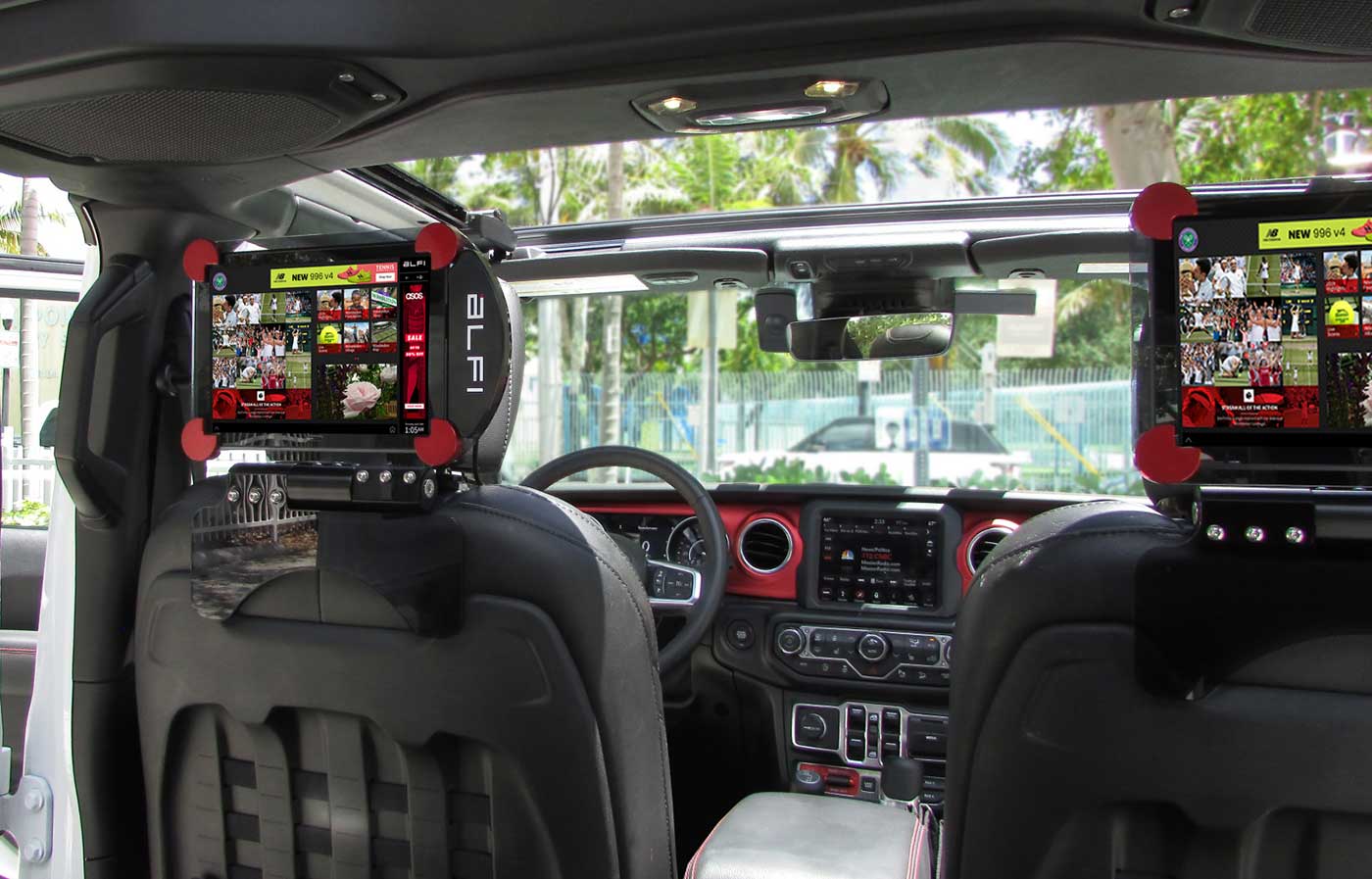
A form of DOOH (Digital out-of-home) advertising, rideshare advertising is the process of displaying ads in or on Uber, Lyft, and other vehicles. The ads are highly relevant and can even solve problems that passengers might have.
Advertisers love this option because they can reach people as they commute from one place to the next. Advertisers enjoy the benefit of having people’s full attention while they ride in the back of a vehicle. With the average Uber ride clocking in at 5.41 miles, advertisers have ample time to engage passengers.
At the same time, Uber and Lyft drivers enjoy rideshare advertising. They make money when they run the ads, and that money comes in handy when you consider that their earnings are dwindling. Drivers made 53 percent less for Uber and Lyft in 2017 than they did in 2013. This problem hasn’t gotten any better, with the median wage for Uber drivers clocking it at $9.21 after expenses in 2018. It’s hard to live on $9.21 an hour, so many drivers are turning to ads to supplement their income.
Rideshare Accessories
Ads are delivered via rideshare accessories, which can be inside or on the vehicle. While both are viable options, in-vehicle advertising is quickly becoming more popular thanks to the detailed targeting options offered by companies like Alfi with the help of artificial intelligence and machine learning. Instead of just advertising to people who pass the vehicle, in-vehicle advertising gives marketers access to a captivated audience for the duration of the ride.
There are numerous options when it comes to rideshare accessories, with some more popular and effective than others.
Interactive Tablets
Interactive tablets are quickly becoming the most popular way to deliver rideshare ads to passengers. Once installed in the vehicle, the tablet provides entertainment and ads. Entertainment might include games, news, movie trailers, and more.
Interactive tablets generally target people in one of two ways. First, there are location-based interactive tablets. These tablets deliver ads based on the location of the vehicle. For instance, if the driver is delivering someone to a shopping area, the ads could be related to promotions. On the other hand, if the driver is going to a residential area, food delivery ads might be selected.
Second, some tablets use machine-learning to determine who is in the vehicle. Then, the ads are targeted to the actual passengers instead of by location. These ads can be selected based on age, gender, mood, and more. Machine-learning powered ads are much more targeted than location-based ads and can be more effective.
For instance, Alfi uses computer vision and machine learning models to identify the demographics of the person looking at the tablet screen and serves them personalized content as well as advertisements. This results in higher than industry average click-through rates and better return on investment for advertisers.
LED Billboards
LED billboards are also a form of rideshare advertising. Instead of advertising directly to the passengers inside of the Uber or Lyft, LED billboards are installed on top of the rideshare vehicles and advertise to people the vehicles pass. Along with advertising for companies, LED billboards are often used to relay civic messages to people in the city and can even be used to collect data regarding temperature and pollution.
Car Wraps
Car wraps are also used to advertise on Lyft and Uber vehicles. Companies choose the design and create the wrap. Then, the driver wraps the advertisement around the vehicle. This is known as a mobile billboard and is visible to people in nearby vehicles.
Uber and Lyft don’t want their drivers to use car wraps to make extra money. However, these companies do not prevent it, so drivers can use this marketing method. They do need to update their profiles in the apps so people can find them.
If you choose to wrap your vehicle, there are two things to keep in mind. You could lose some business with Uber and Lyft because your vehicle won’t look as professional. Second, car wrap scams are a real problem right now. It’s gotten so bad that the Federal Trade Commission posted information on how to spot a car wrap scam.
Phone Apps
Phones aren’t just used to hail rides. You can also use phone apps for rideshare advertising. While there are different options, advertising apps that play music are extremely popular right now. Companies can advertise on the apps and as long as drivers play the music, they’ll receive compensation.
Best Rideshare Advertising Companies
With so many rideshare advertising companies out there, you need to be careful when selecting one. You need to choose an advertising company that will allow you to get results. If you’re a driver, that means you need to choose a company that has the best payouts. If you’re a marketer, you must select a company that providers targeted ads that will reach the right audience and deliver the best return on investment. Let’s take a look at the best advertising companies out there for drivers and marketers. These companies stand out from the pack.
Alfi
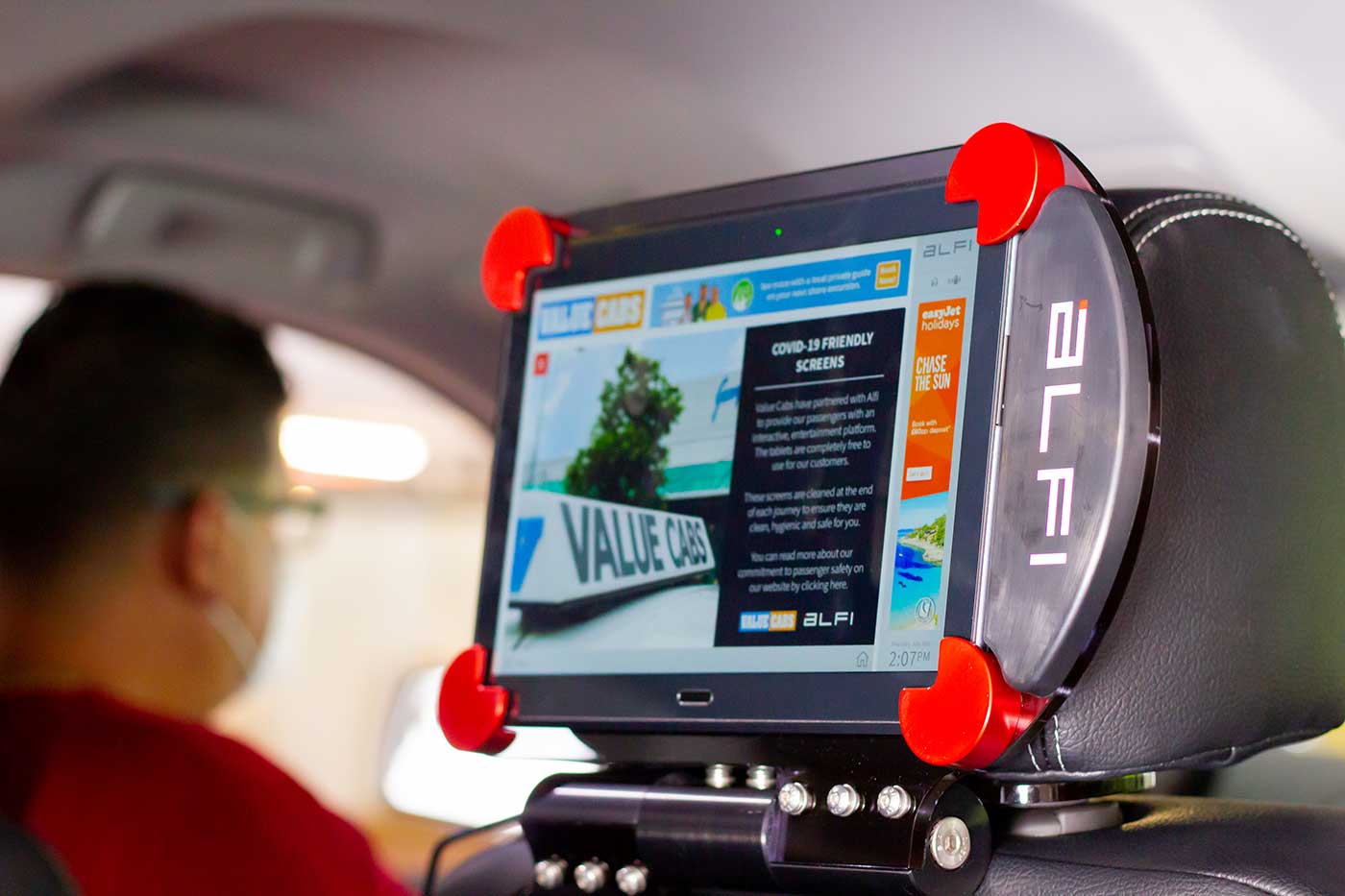
Alfi is quickly rising to the top of rideshare advertising companies. Using computer vision and machine learning models, Alfi offers advertisers more effective targeting options.
You might wonder what machine learning and computer vision can do when combined. The technology can analyze the person who is looking at the screen. The algorithm can determine the age, gender, emotions, and more. At the same time, it doesn’t violate the person’s privacy like other digital advertising companies and it’s compliant with GDPR, CCPA, and HIPAA.
Once it determines who’s in the vehicle, it can provide the right type of content. This innovative software can offer places of interest and attractions, news stories, or interactive surveys. It can also provide traffic alerts or movie trailers. Passengers can even play games on Alfi.
People don’t have to input any personal information in Alfi, but it still provides detailed targeting options for advertisers. Advertisers can also get detailed analytics and use it to improve their campaigns.
Advertisers aren’t the only ones who benefit from Alfi. Alfi has an outstanding compensation program, allowing drivers to earn up to $350 a month.
Play Octopus
Play Octopus is a gaming tablet that allows advertisers to change content or increase the frequency based on the vehicle’s location. People have the option to create an account or enter information into the tablet. Play Octopus then delivers analytics to advertisers. Because the ads are geotargeted, they don’t resonate with all passengers and the driver compensation is not as high as other rideshare advertising options.
Vugo
Vugo is also a tablet-based rideshare advertising option. Vugo uses geotargeting when serving ads. Basically, people see ads that are relevant based on their location instead of who they are. That means that people end up seeing lots of ads that aren’t interesting to them.
That’s not just a problem for marketers. Drivers take a hit because the compensation structure is based on passenger interaction. The more people interact with the ads, the more drivers make. They won’t interact with ads if they aren’t interested in them, so drivers might not make enough to pad their paychecks.
VIEWDIFY
Like Alfi and the other rideshare advertising companies, VIEWDIFY combines entertainment and advertisements. The company mainly offers advertising options in major cities and uses geotargeting for displaying ads. The company generally runs ads that are targeted to young and influential people with money to burn. That makes sense, considering that the average 20-something will spend $323,190 on Uber rides over 25 years. It’s clear that many of the passengers do have disposable income. According to VIEWDIFY, drivers can make over $100 a month if you put the tablet in your vehicle.

